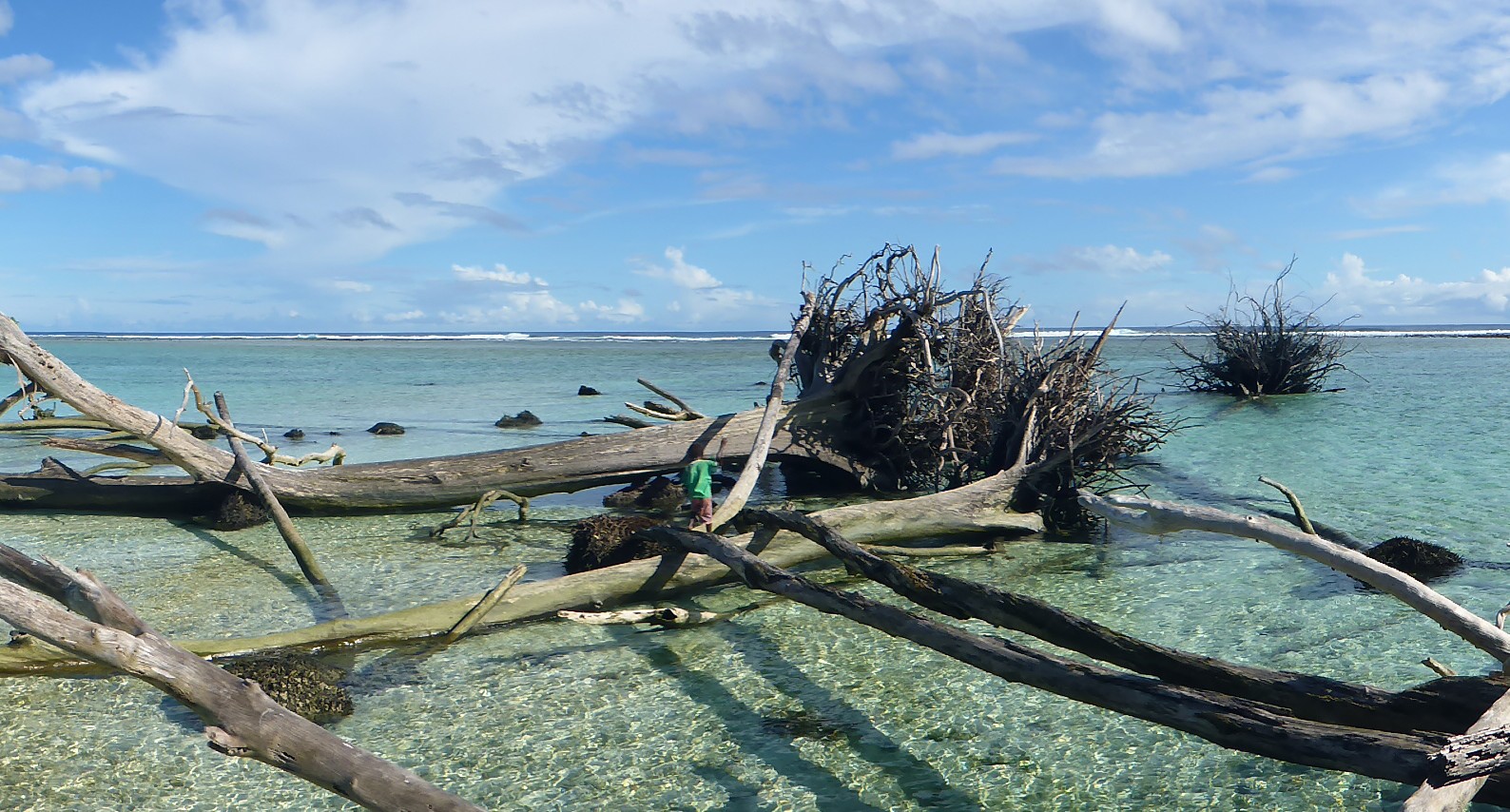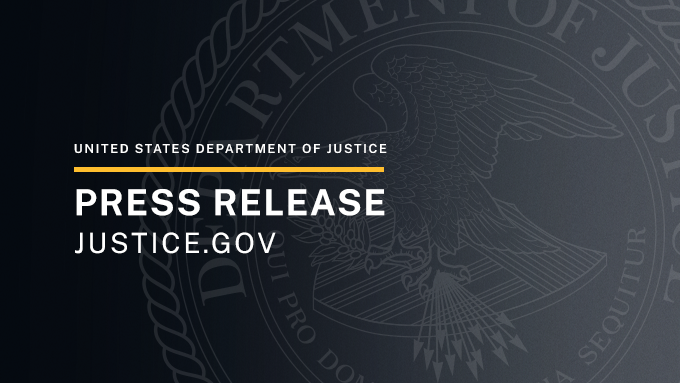Coastal Erosion And Flooding: The Impact Of Rising Sea Levels

Table of Contents
The Causes of Rising Sea Levels and Accelerated Coastal Erosion
The relentless rise in sea levels is a complex issue stemming from multiple interconnected factors, all exacerbated by climate change. Understanding these causes is crucial to effectively addressing the problem of coastal erosion and flooding.
Thermal Expansion
Rising ocean temperatures are a primary driver of sea level rise. As the ocean absorbs heat trapped by greenhouse gases, the water expands, increasing its volume. This thermal expansion accounts for a significant portion of the observed sea level rise.
- Global warming, fueled by increasing greenhouse gas emissions (primarily carbon dioxide, methane, and nitrous oxide), is the fundamental cause of rising ocean temperatures.
- The Intergovernmental Panel on Climate Change (IPCC) reports a clear correlation between increasing atmospheric greenhouse gas concentrations and rising global temperatures, leading to significant thermal expansion.
- The rate of thermal expansion is accelerating, with substantial increases observed in recent decades, contributing significantly to coastal erosion and flooding.
Melting Glaciers and Ice Sheets
The melting of glaciers and ice sheets, particularly in Greenland and Antarctica, contributes substantially to rising sea levels. These massive ice bodies contain enough frozen water to dramatically raise sea levels if they melt completely.
- The Greenland ice sheet is losing mass at an alarming rate, with billions of tons of ice melting annually and flowing into the ocean.
- The Antarctic ice sheet, while more stable overall, is experiencing significant melting in certain regions, particularly the West Antarctic Ice Sheet, which is particularly vulnerable to warming ocean waters.
- Satellite data and on-site measurements confirm the accelerating rate of ice melt in both Greenland and Antarctica, directly impacting global sea levels and exacerbating coastal erosion.
Land Subsidence
Land subsidence, the gradual sinking of land, further exacerbates the problem of coastal flooding. This natural or human-induced process lowers the elevation of coastal areas, making them more vulnerable to rising seas.
- Groundwater extraction, a common practice for agriculture and urban water supplies, can cause land subsidence as the water table lowers, leading to compaction of the underlying soil and sediment.
- Tectonic activity can also contribute to land subsidence in certain regions, leading to increased vulnerability to coastal flooding.
- Areas experiencing both land subsidence and rising sea levels face a compounded risk of increased coastal erosion and flooding.
The Impact of Coastal Erosion and Flooding on Coastal Communities
The consequences of coastal erosion and flooding are far-reaching, impacting coastal communities economically, socially, and ecologically.
Property Damage and Displacement
Coastal erosion and flooding cause significant property damage and displacement of populations. The financial costs are enormous, and the social disruption can be devastating for affected communities.
- Coastal homes and infrastructure are increasingly vulnerable to damage and destruction from storm surges, high tides, and erosion.
- The economic costs of repairing damage, relocating communities, and providing disaster relief are substantial and continue to rise.
- Many coastal communities lack the resources to adapt effectively, leading to increased vulnerability and displacement.
Loss of Biodiversity and Ecosystem Damage
Coastal ecosystems, including mangroves, coral reefs, and wetlands, are particularly vulnerable to rising sea levels. The loss of these vital ecosystems has far-reaching consequences for biodiversity and ecological processes.
- Mangrove forests, critical nurseries for many fish species and protectors against coastal erosion, are disappearing at an alarming rate due to inundation and saltwater intrusion.
- Coral reefs, highly sensitive to rising water temperatures and ocean acidification, are experiencing widespread bleaching events and mortality, threatening the biodiversity they support.
- Wetlands, essential for flood control and water filtration, are being lost due to saltwater intrusion and inundation, reducing their capacity to provide these crucial ecosystem services.
Public Health Concerns
Coastal flooding poses serious public health risks, primarily through the spread of waterborne diseases. Contaminated floodwaters can spread pathogens, leading to outbreaks of illness.
- Floodwaters often carry bacteria, viruses, and parasites, leading to an increased risk of diseases such as cholera, typhoid fever, and leptospirosis.
- Exposure to contaminated water can lead to skin infections, respiratory illnesses, and other health problems.
- The lack of access to clean water and sanitation in the aftermath of flooding exacerbates public health risks.
Mitigation and Adaptation Strategies to Combat Coastal Erosion and Flooding
Addressing the challenge of coastal erosion and flooding requires a two-pronged approach focusing on both mitigation and adaptation strategies.
Mitigation Strategies
Mitigation strategies aim to reduce greenhouse gas emissions and slow the rate of sea level rise. These efforts are crucial to minimizing the long-term impacts of climate change.
- Transitioning to renewable energy sources, such as solar, wind, and hydro power, is essential to reducing our reliance on fossil fuels and decreasing greenhouse gas emissions.
- Investing in carbon capture and storage technologies can help remove carbon dioxide from the atmosphere and reduce its contribution to climate change.
- Implementing sustainable land use practices, including protecting and restoring forests and wetlands, can enhance carbon sequestration and reduce greenhouse gas emissions.
Adaptation Strategies
Adaptation strategies focus on adjusting to the effects of rising sea levels, even with mitigation efforts underway. These strategies are essential to protecting coastal communities and ecosystems.
- Constructing seawalls and other coastal defenses can help protect coastal communities from erosion and flooding, although they can be costly and have potential environmental impacts.
- Restoring and enhancing coastal ecosystems, such as mangroves and wetlands, can provide natural buffers against storm surges and erosion, improving coastal resilience.
- Managed retreat, the planned relocation of communities from high-risk coastal areas, may be necessary in some cases, recognizing that certain areas may become uninhabitable in the future.
Conclusion
Coastal erosion and flooding, driven by rising sea levels, pose a significant and growing threat to coastal communities and ecosystems worldwide. Understanding the causes of sea level rise – thermal expansion, melting glaciers and ice sheets, and land subsidence – is critical. The devastating impacts on property, displacement, biodiversity, and public health demand urgent action. Effective mitigation strategies, focused on greenhouse gas reduction, combined with adaptation strategies such as seawall construction, ecosystem restoration, and managed retreat, are essential to protect coastal areas. Understanding the urgent threat of coastal erosion and flooding is crucial. Take action today to learn more about the issue and support efforts to mitigate and adapt to rising sea levels, contributing to effective coastal erosion management and preventing coastal flooding. Let's work together to reduce coastal erosion and protect our vulnerable coastlines.

Featured Posts
-
 Semana De Turismo En Uruguay Por Que Se Llama Asi Y Que Revela Sobre Su Laicidad
May 11, 2025
Semana De Turismo En Uruguay Por Que Se Llama Asi Y Que Revela Sobre Su Laicidad
May 11, 2025 -
 Covid 19 Test Fraud Lab Owner Pleads Guilty
May 11, 2025
Covid 19 Test Fraud Lab Owner Pleads Guilty
May 11, 2025 -
 Knicks Coach Thibodeau Seeks Increased Resolve Following 37 Point Loss
May 11, 2025
Knicks Coach Thibodeau Seeks Increased Resolve Following 37 Point Loss
May 11, 2025 -
 O Noa Mpompak Skinothetei Toys Kloynei Kai Santler Sto Jay Kelly
May 11, 2025
O Noa Mpompak Skinothetei Toys Kloynei Kai Santler Sto Jay Kelly
May 11, 2025 -
 Antoine Dulery Critique Jean Luc Delarue Il N A Pas Ete Sympathique
May 11, 2025
Antoine Dulery Critique Jean Luc Delarue Il N A Pas Ete Sympathique
May 11, 2025
